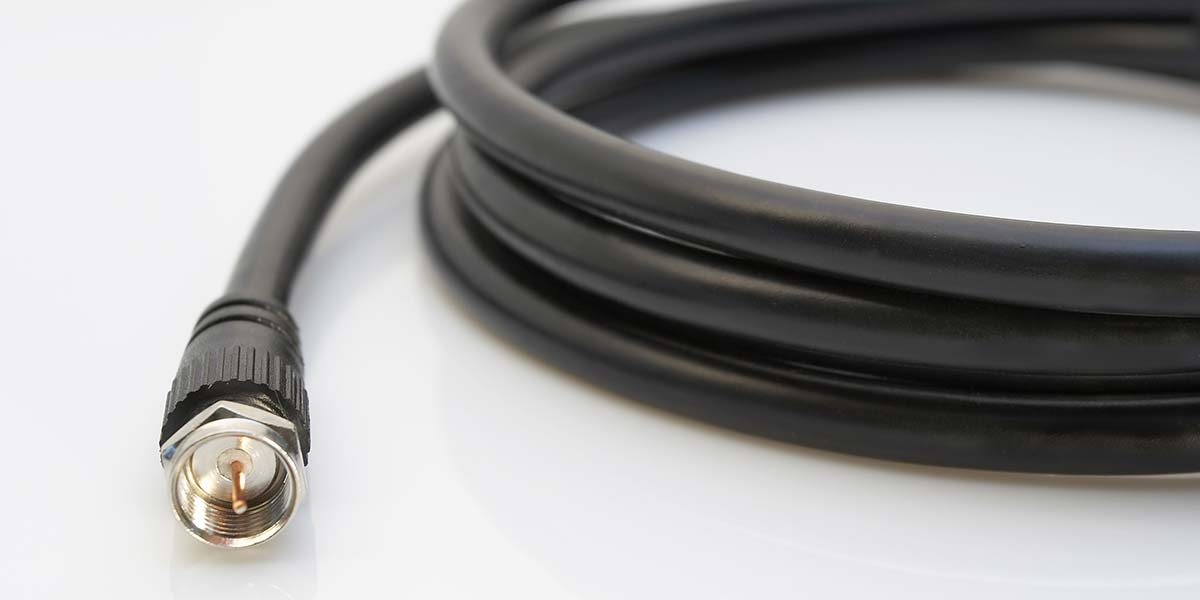One of my favorite pastimes is improvising antennas from readily available materials. Lots of RG-6 antenna cable as well as connectors, splitters, and terminations can be found at yard sales and flea markets for give-away prices. I decided to try using the outer shield of this cable to build a 20-meter end-fed half-wave antenna.
I picked up a 50 foot piece of RG-6/U for a dollar at the local flea market. The only catch was I had to take another hundred feet of the cable and all the fittings the seller had brought to the market — at no additional cost. That’s why I say it’s inexpensive.
To end-feed a half-wave of “wire” with 50 ohm coax, I needed a 1-to-49 ratio unbalanced-to-unbalanced impedance transformer (UNUN). An eBay search turned up exactly what I was looking for. “Eddieson” sells suitable 100 watt UNUNs for only $10 plus $5 shipping. The one I ordered arrived in just two days. See Figure 1.
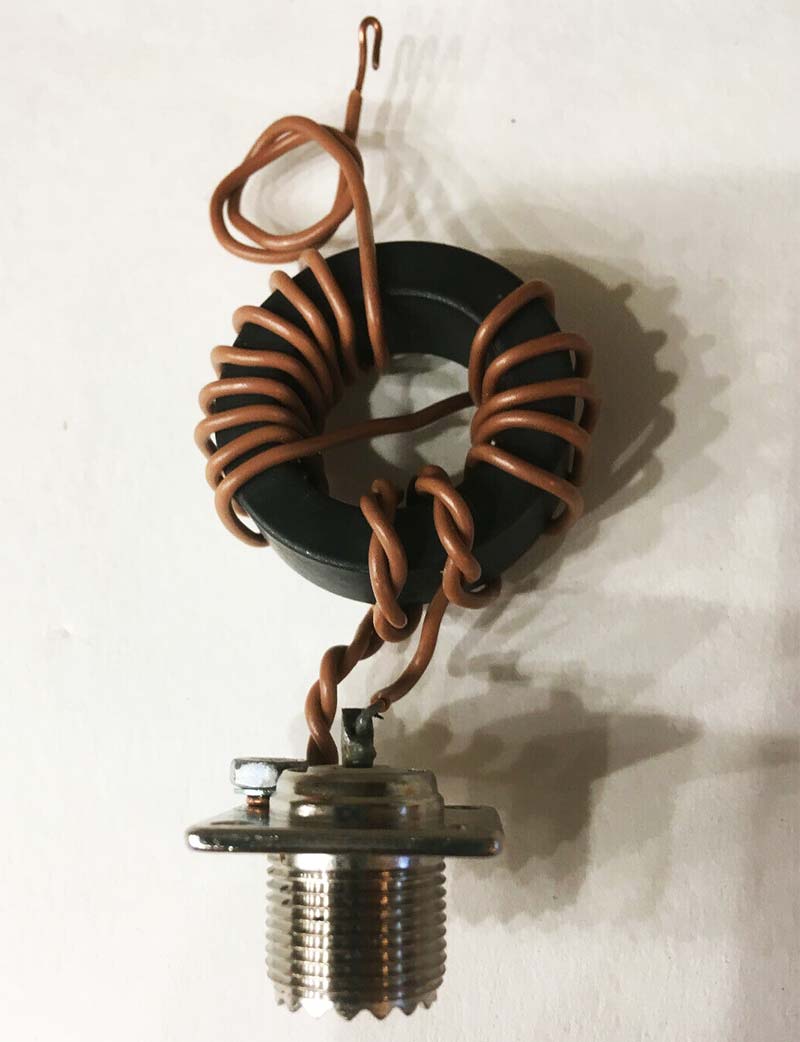
FIGURE 1. UNUN impedance transformer.
As I was taking stock of my flea market bargains, I noticed that a ground screw on one of the TV splitters might provide a convenient way to electrically connect the UNUN transformer to the coax shield. See Figure 2.
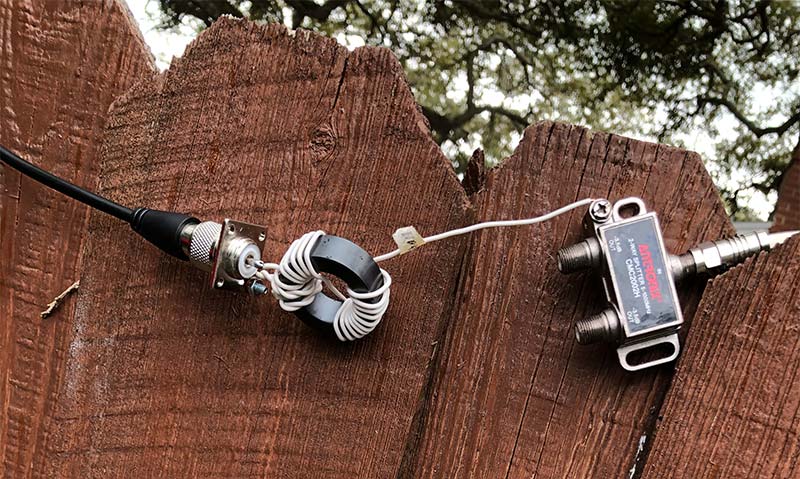
FIGURE 2. A ground screw provides a convenient way to electrically connect the UNUN transformer to the coax shield.
A wood privacy fence turned out to be a convenient support for testing the UNUN and rough cutting the coax to 20 meter resonance. My MFJ-269C antenna analyzer was used to trim a single length of coax for 1.3 SWR on 20M. That length turned out to be 28 feet 8 inches. Wow! Considerably shorter than the 32-33 ft lengths shown in online “dipole calculators.”
I suspect the shorter length is due to a combination of the cable’s relatively large diameter, the antenna’s close proximity to ground, and possibly some loading effect of the UNUN. In any event, it’s hard to argue with an antenna analyzer. I just kept cutting until the SWR stopped dropping. See Figure 3.
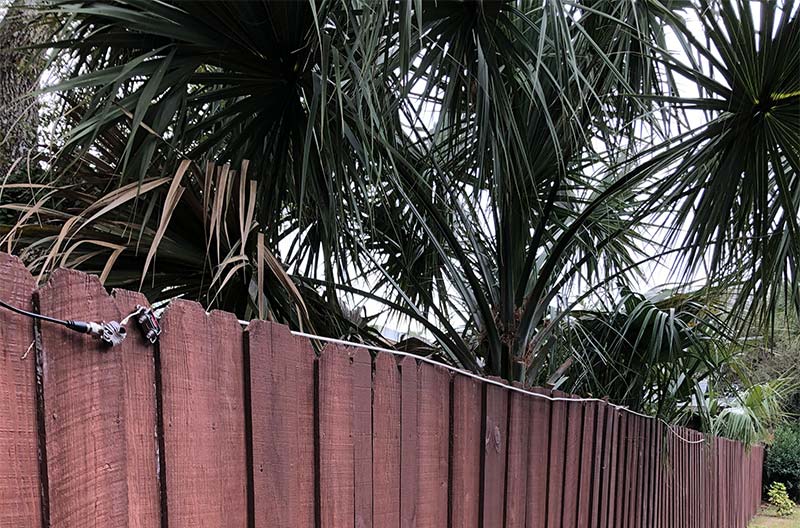
FIGURE 3. Cutting coax to resonate on 20M.
The results of my temporary setup looked like the antenna was going to work. I decided to invest the time to weatherproof the UNUN in a plastic box. I also added a 10 inch piece of #14 stranded copper wire between the UNUN and the splitter. I can use it to fine-tune the antenna length as it’s moved from location to location. See Figure 4.
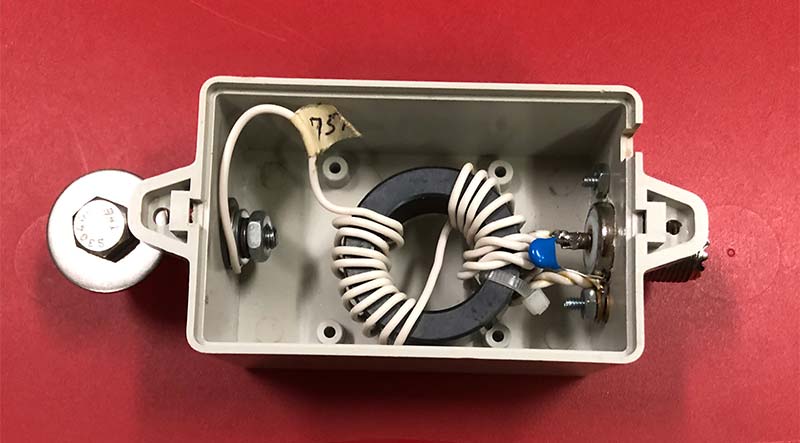
FIGURE 4. Impedance transformer in weatherproof enclosure.
I moved everything to the driveway and tied the free end of the TV cable to a tree limb that was only about six feet off the ground. The free end of my 20 ft RG-58 feedline went through my pickup truck window to a mobile Icom-706M2G.
The 706 meter indicated 1.3 SWR from 14.000 to 14.350 MHz. I called W5URX (in Oklahoma) from my West Virginia driveway. He answered right away and gave me an S-8 signal report. See Figure 5.
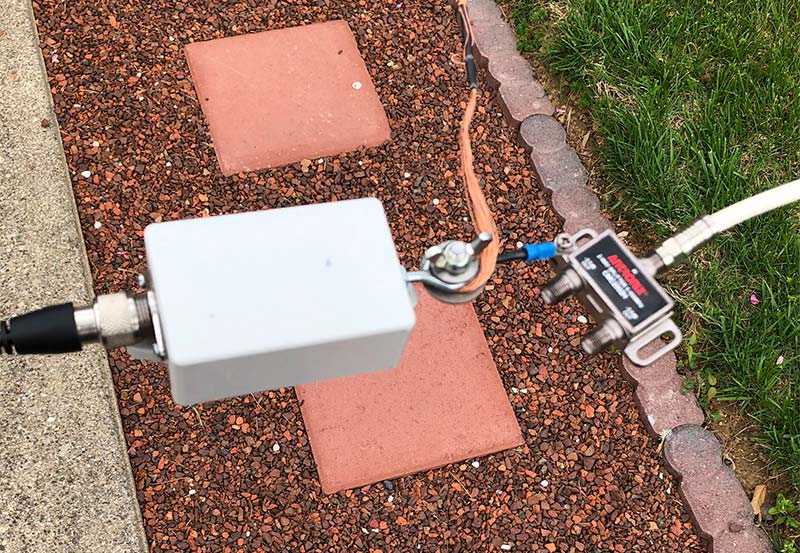
FIGURE 5. Weatherproof enclosure with #14 fine-tuning wire.
After a few more contacts, I wrapped up the test and called my TV coax antenna “good.” I had just communicated 800 miles with the “high” end tied up six feet in a tree and the low end barely clearing the ground. See Figure 6.
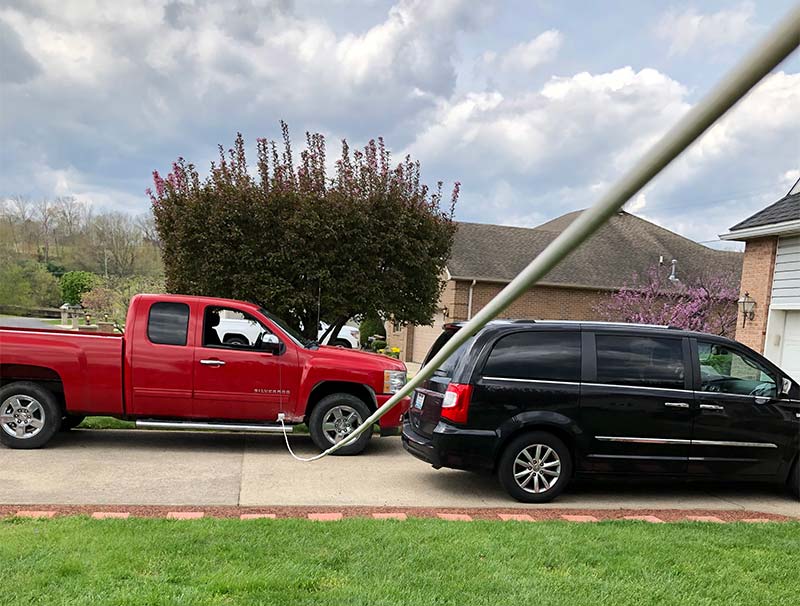
FIGURE 6. The completed antenna connected to my pickup truck radio. I was making 800 mile radio contacts with the antenna barely clearing the ground.
So, don’t be afraid to press the shield of surplus cable TV coax into service as a radiating element in your antennas. If it works on 20 meters, there’s no reason to believe it won’t work at other HF and VHF frequencies. This fully functional half-wave antenna cost less than $20, including the transformer and enclosure. NV

